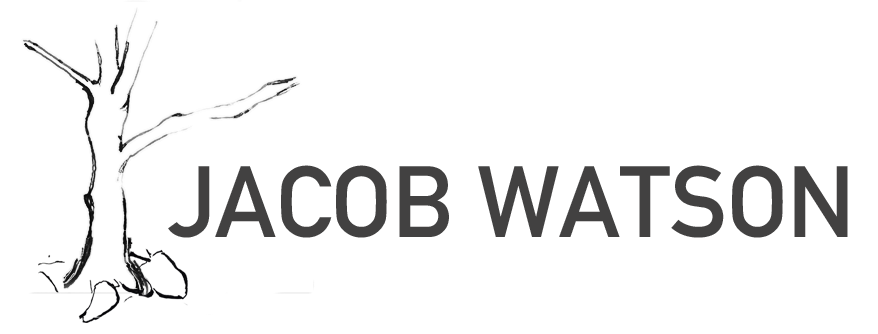Creative Research.
Exploring big ideas through performance-based inquiry
In the works.
The Awakenings Project
Project Overview: the awakenings project asks how people come to profound realizations, make major life changes, and come to move through the world in new ways. It is a performance project grounded in the celebration of joy, discovery, loss, self-knowledge, and change. Specifically, this project explores narratives of individuals who have reached a point of no return and had to forge a new path forward.
Pre-texts:
the notion of “crossing the Rubicon” and associated popular culture
the etymology of “awe”
Elaine Scarry’s concept of “radical decentering”
Kate Chopin’s The Awakening
Type of Project: Ethnodrama
Inquiry Questions: -
when in your life have you felt a point of no return?
what caused you to feel “awakened”?
where did this sensation come from and what did you do with it?
what would you do if you found out today that everything you believed was wrong?
Current + past partnerships: Natalie Johnson Dance
The Aesthetics of Participation
Project Overview: The Aesthetics of Participation (AOP) project is an inquiry into the nature of participatory design for learning. It begins from an assumption that there are inherent aesthetic dimensions to participatory learning experiences and that these dimensions may be attended to, considered, or arranged in ways that either limit or extend the freedom and self- actualization of the learner. They are:
Type of Project: Conceptual framework derived from creative practice
Inquiry Questions:
▪ What does authentic participation look like in diverse spaces of learning?
▪ What can theatre practice teach us about providing engaging, meaningful opportunities for interaction in learning?
▪ What are the affordances of “imagined” spaces for learning? (e.g., role plays, simulations, dramatization)
▪ How can imagined spaces in the classroom function as sites of creative transgression?
▪ How can theatre practice elevate and make visible our current reality while creating space to imagine new ones?
Current + past partnerships: Faber Residency
Read more:
Past projects.
CollabaLAB
Project Overview: CollabaLAB was a creative action research project developed and prototyped at the Bok Center for Teaching and Learning at Harvard University as part of a Learning Lab Media Fellowship.
Type of Project: Set of practical tools for educators
Inquiry Questions:
Teaching negotiation and communication: how might students become aware of the ways in which people take on different roles or positions and what emotional or practical needs they might have for doing so?
Modeling shared power: how might experiential and embodied activities from theatre be used to help students experience what it feels like to share power?
Providing structures:what structures and task designs for collaboration can support students in working effectively based on what we know about group theory, roles, flow, etc.?
Current + past partnerships: Bok Center for Teaching + Learning at Harvard University.
Project Zero
Research Assistant, 2018-2019. Projects included:
Arts as Civic Commons
Works of art can provoke inquiry into the forces that shape civic life. These forces include the values, social conventions, power dynamics, institutions and systems that shape how we live together—and how we aspire to live together—at every level of community life, from the local to the global. The Arts as Civic Commons (ArtC) project offers strategies and resources to help learners explore civic life through looking at and making art.
Idea into Action:
Idea into action refers to the quest to translate ideas (principles, plans, good intentions, etc.) into action on the ground. It applies to individual behaviors, such as achieving regular exercise or productive leadership styles; to group and organizational behaviors, such as fostering team coordination or a culture of creativity; and to general population phenomena, such as getting people to vote or obey traffic laws. The middle ground of idea into action ranges across innumerable everyday situations where we generally feel that the idea should translate into action readily enough with a bit of guidance, attention, and resolve, but it often doesn't.




